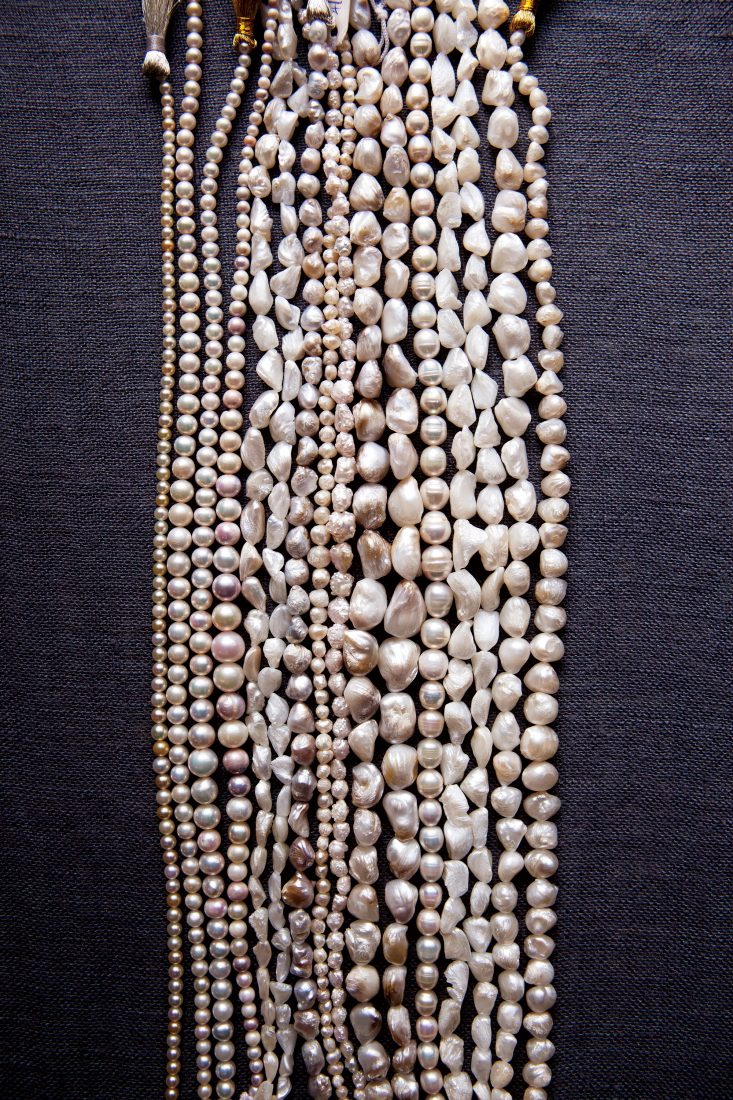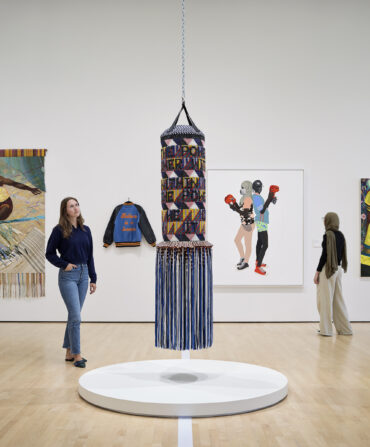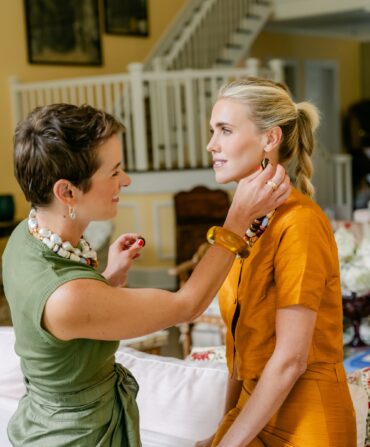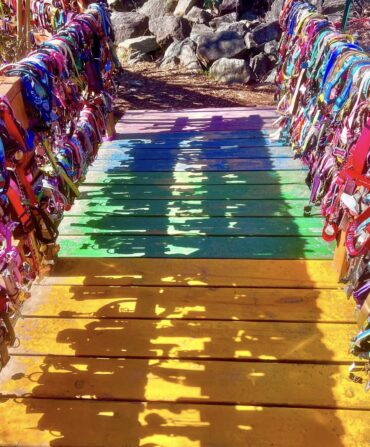At the height of the Ameri-can shelling industry in the early 1900s, more than ten thousand divers plied the Mississippi, Ohio, and Tennessee river systems for freshwater mussels. The shells of these mollusks—creatures with colorful names like bluefer, purple pimpleback, and heelsplitter—had value as raw material for button making. But that rare specimen, only one out of several thousand, offered another gift: a quality pearl. Long before strands of perfectly white, uniform gems came to dominate jewelry boxes, these natural river pearls were prized for their lustrous nacre, which ranges from cream to pink, and unusual shapes and textures. The 1904 Tiffany Chrysan-themum Brooch, made of elongated “dogtooth” pearls arranged like the petals of a flower, spread their fame far and wide.
Much has changed. Today, buttons are made of plastic, fewer than seventy-five divers keep the American shelling industry alive, and less than 1 percent of all pearls sold are natural. But while cultured pearls now dominate, Atlanta’s Lee Wiser McIntosh is among a handful of jewelry designers working to bring the South’s freshwater gems back to appreciative owners.

Photo: Whitney Ott
Lee Wiser McIntosh in her studio.
McIntosh has long admired American river pearls, but she only began collecting and building pieces around them last year. Drawn to the misshapen wonders sourced from her favorite dealer, James Peach, she creates one-of-a-kind rings, brooches, earrings, and pendants that look more like small sculptures than jewelry. Peach, the son of Tennessee fishermen, is one of the few Southerners still in the shelling business. He largely trades in mother-of-pearl—the iridescent lining of shells—with Asian jewelry makers, but he has also amassed an inventory of river pearls in the process. McIntosh knows the contents of his pearl safe well, and she often travels to his Camden, Tennessee, home to look for new arrivals with intriguing ridges, dents, and furls. “She can spend hours,” Peach says. “She likes very unusual pearls with unique shapes, a natural look like a leaf or a snail—something that helps her tell a story.”
McIntosh began making jewelry in 1997 at the behest of a friend, who invited her to a pearl show. She shoved two twenty-dollar bills into her pocket and tagged along, thinking she could use a hobby that was less “real estate intensive” than quilting. She was quickly hooked. Friends began commissioning pieces, word spread, and in 1999 she founded her studio, Katura Design.
Although her imprint is distinctive, McIntosh never begins with a sketch, preferring to let the shape, color, and luster of the pearls call the shots. “My process is to start with the pearl and design around it,” she says. “Some have this very feathery texture, others like they’ve been dusted with sugar.” For pendants, McIntosh may stack elongated and lumpy pearls in an organic formation that looks like a shale outcropping or a miniaturized take on the land art of British environmentalist Andy Goldsworthy, one of her heroes. For rings, she eschews traditional settings and instead picks craggy pearls she can top with a sinewy twist of 18-karat gold.

Photo: Whitney Ott
Hidden Gems
Loose pearls and finished designs.
Her designs range from $750 for a pair of earrings to $4,000 for a set of stackable rings. McIntosh says the relatively high cost of American river pearls is driven by scarcity. But she can’t help but wonder about all the pearls going untouched in the ponds and streams along the South’s great rivers.
“Looking down the road, I see it picking up—maybe fifteen or twenty years from now,” she says. “There are all of these mollusks that haven’t been disturbed because nobody is shelling, but they’re producing some really exciting pearls.”








